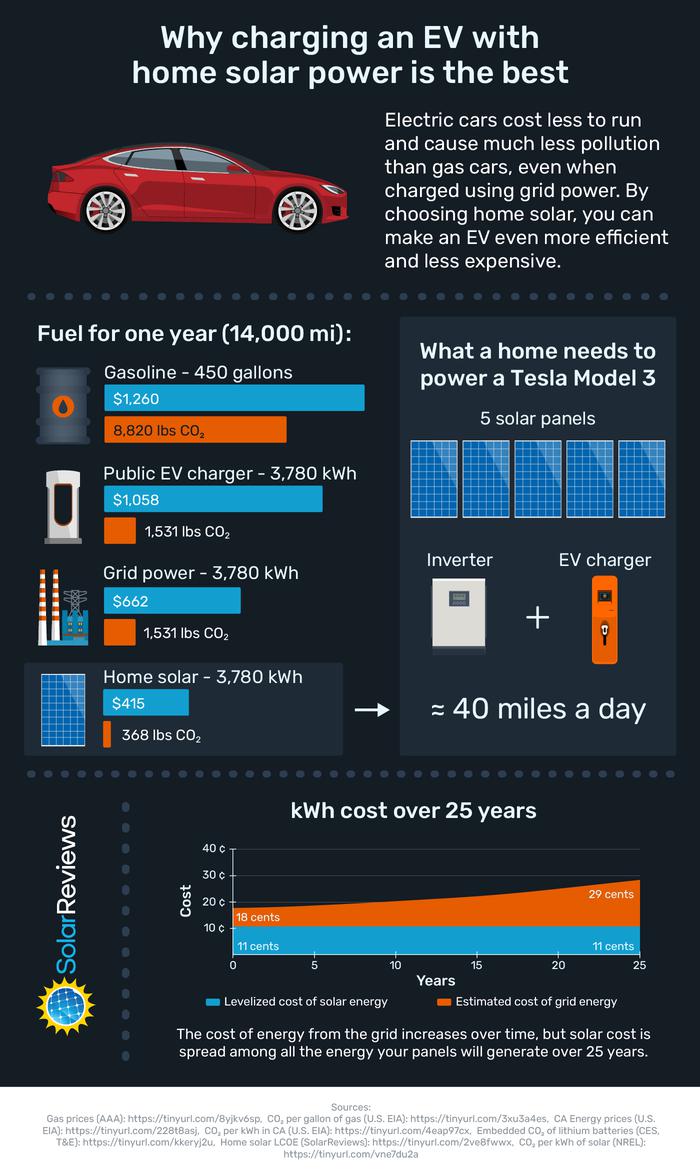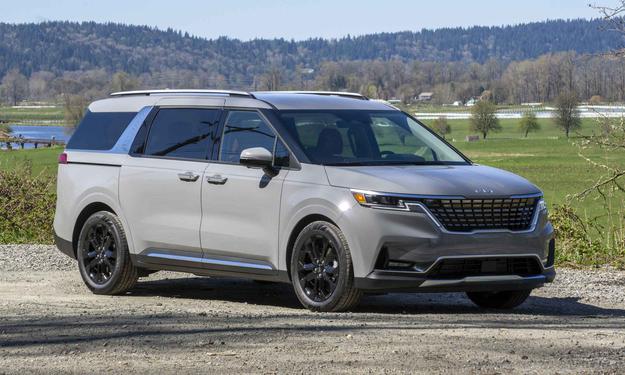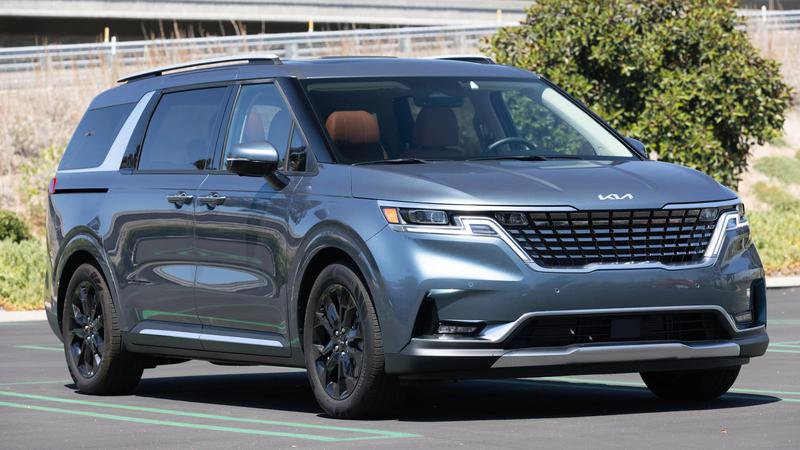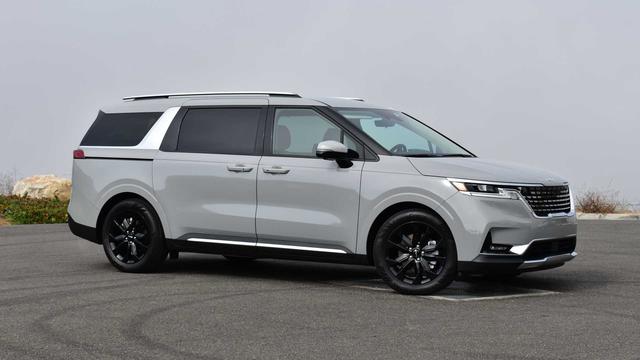So you are a Zimbo. Young and old, man or woman and you are thinking of which car to buy. What do you look at? Which one type of car makes sense to buy in Zimbabwe and why? Well sit back, relax and let me give you a cheat code on the good and the bad of every type of car. I’m talking about petrol, diesel, hybrid, electric and the different sizes of cars.
Also this is the first episode in a series of buying second hand cars in Zimbabwe so if what you want to know is not in this episode then you will definitely get it in one of the upcoming episodes in this series so make sure you subscribe and follow our channel. Let’s get this show on the road baby!
100% Petrol
Petrol powered cars are the most popular because the engines are the simplest when it comes to engines that burn fuels. And you know what that means. Simple engines are cheap to maintain which is the 1st advantage. There are just fewer moving parts and so fewer points of failure.
Petrol is also one of the easiest fuels to burn and this helps petrol engines to be able to produce a good amount of power. And power makes petrol powered engines pretty fast too so it’s fun to drive for those of you that love speed like me. Also, as of late in Zimbabwe, petrol has been slightly cheaper than diesel. Another short term benefit for petrol powered cars.
But there are some disadvantages with Petrol engines. Since petrol is easier to burn, it’s not an efficient fuel compared to diesel. For the same engine size, a liter of diesel can go further than a liter of petrol.
So a petrol VW Passat can do 10.6 kilometers with a liter of fuel and the diesel version of the same car with the same engine can do 15 kilometers from the same liter of fuel. In this single example, the petrol powered car goes 4.4km less on a liter of fuel than a diesel car. It’s 29% difference on fuel alone.
Another problem is that commercial vehicles that move a nation’s economy run on diesel. So when funds are in a bit of a pinch, a nation can prioritize diesel over petrol and so you will statistically suffer more from a fuel crisis in a petrol powered car than in a diesel powered car.
100% diesel
Valentine and some nerds in the car industry call diesel powered cars rolling coal for obvious reasons. It produces a thick black smoke when it’s working hard. But from the petrol section we see it’s got some pocket friendly advantages. Since you need almost 30% less diesel to cover the same distance as a similar petrol powered car, you save 30% on your fuel bill.
Diesel is also used in many commercial applications so you are affected a bit less with fuel shortages compared to petrol powered vehicles moreover, historically diesel has been cheaper than petrol. It’s only in the past year in Zimbabwe that diesel prices have been matching or exceeding petrol prices which could just be a temporary thing. Time will tell.
And whilst petrol engines are good at producing power for a higher top speed, diesel engines are good at producing torque which makes them better at pulling or carrying heavy loads. Something petrol engines are not really good at. That’s why buses, trucks, mining and construction vehicles use diesel engines because they need a lot of torque to move earth, rubble, goods and people which weigh a lot.
It also has its cons. Diesel engines are a bit more complex than petrol engines in that to get them to be as efficient as they are, they make use of turbochargers and pretty powerful fuel injectors. These are components that force more air into the engine as well as making a super fine spray of fuel in the engine so that it can burn the diesel better and make more power with the same amount of fuel.
It’s good tech but this added complexity can be expensive on servicing. Diesel owners know that injectors are a pain point on diesel engines because if they fail they can be quite expensive to replace.
Diesel engines also need a higher grade of oil than petrol engines because of the fact that they operate at higher temperatures and pressures than petrol engines. So servicing them is a little bit pricier than petrol engines. Stuff to think about right? Whilst we let that stew over, let’s take a look at Hybrids.
Hybrid cars
A hybrid car is a car with 2 power units that drive it. A fuel burning engine and an electric motor with its battery pack. We have a couple of different types here. Normal hybrids that use some power from the engine to charge the batteries and Plug-In hybrids that use the mains to charge the battery that powers the electric motor part of the hybrid unit.
These plug-in hybrids are not very common in Zimbabwe so I’ll be looking at the former. The one that uses the engine as a generator to charge the battery. Depending on how you are driving, the car will be alternating between the internal combustion engine and the electric motor plus battery combination.
This brings in a couple of advantages. Because the ICE is not running the whole time the car is being driven, it saves fuel. So a Honda Fit hybrid will consume less fuel than its non-hybrid variant for the same engine size. How much less you ask? The 2010 Honda Fit Hybrid does 18.8km per liter of fuel and the pure petrol version with no hybrid does 12.3km with the same liter of fuel. That’s 35% better fuel economy which means for this particular car, the hybrid can go a further 6.5km after the non-hybrid has parked beside the road needing a tow.
And the hits just keep on coming. Depending on the hybrid setup, some of them will run with the petrol engine and use up the battery to give the car more power. This can be useful when you are, let’s say, overtaking. And with some you can run on just electric power alone when driving at slow speeds usually under 40kph for on average about 20km.
Also, since the electric system of the car assists the internal combustion engine, it can help reduce strain on this engine extending the life of the engine’s components.

All these good bits do not mean it’s all chocolates and roses though. Hybrid cars are essentially a car with 2 powertrains or 2 engines. This means it’s a lot more complicated than a pure internal combustion engine or a pure electric car. And so servicing can get a bit more expensive because there is just more stuff to look at.
A big problem in Zimbabwe with Hybrids is that it’s still a new technology and so if the electrical system fails, there are very few places you can be able to get it fixed. Also the batteries have an expected life of 5 years or 160000km for Honda Fits for example. So if you buy a 2nd hand hybrid Honda Fit with 80000km then you are most likely getting 50% of the performance you should be getting.
When the battery dies it will not hold charge so your engine will constantly be strained by the dead battery as it tries to keep it fully charged. And at a price of 2770 USD for a new Honda Fit Hybrid battery it’s pretty much half the price for another second hand car.
Just a little point to note. The same pros and cons of petrol and diesel engine cars apply to petrol or diesel hybrids in case anyone was curious.
100% electric
If you take a walk or a drive north of Samora you’ll see a couple of Nissan Leafs here and there and a bunch of them will have Vaya 100% electric stickers all over. And in the CBD you may have seen an EasyGo 100% electric taxi or shuttle. We actually have a small but also impressive number of electric vehicles in Zim if you pay attention.
As the name suggests, they run purely on battery power like a laptop. The second hand Nissan Leafs can do around 150km on a single charge. As for the BYD electric vehicles being used by the likes of EasyGo it’s still tough to get them second hand because they are very new to the Zimbabwean market. But brand new the BYD T3 minivan has a range of 300km and the BYD E6 station wagon has a rather astonishing range of 500km. Close to what you get from similar sized petrol powered station wagons.
The perks of electric cars are the fact that the only moving parts are the electric motors. So maintenance costs are probably the lowest of any car. The only fluids to check are brake fluid, power steering fluid for those that use a hydraulic steering rack and coolant.
Oh you are wondering why an EV needs coolant. I mean it does not burn any fuel. Well it needs it for the inverter/power control unit. It generates a lot of heat when it’s charging the batteries and when it’s managing power as you are driving the car. So a radiator runs to keep everything at optimum temps.
BYD actually said the electric motor is checked after 8 years and the batteries after 15 years. So really the servicing costs for electric vehicles as well as the intervals are lower than service intervals and costs for petrol, diesel or hybrid cars.
It gets a whole lot more compelling with running costs as well. And if you are a Zimbo you might want to listen closely. The battery pack of an electric car is essentially a fuel tank equivalent to an ICE car. So essentially 1 liter of fuel is pretty much 1KW/hr on an electric car. Right now as I write this this 1 liter of petrol is around 249 ZWL at the official bank rate whilst 1 KWh or one unit of electricity is 2.52 ZWL. That’s almost 10 times cheaper!
I mean look at it this way. Charging a BYD T3 from empty to full will require 50.3 units of electricity or 50.3KWh which will cost you about 126 ZWL. So you can essentially fill up an electric car’s battery for the same amount of money you would use to buy HALF a liter of petrol. It’s seriously crazy how cheap it is to run an Electric vehicle in Zimbabwe. It’s no surprise why slowly more and more people are just going full electric.
And the bonus of Electric cars is that the components that drive it are so compact they free up a lot of cabin space. As a result most electric cars are very roomy and have pretty good luggage space making them more practical than the equivalent ICE vehicle.
But even with these seemingly amazing benefits, electric cars also have some impediments. The glaring one is there are no public charging stations to charge these cars. And this will not make them popular for those looking to do long distance road trips.
So you will be charging them at home with the AC slow charger that comes with the car which is made to work on a regular household socket.
A full charge with it can take 6 to 12 hours depending on the size of the car’s battery and how fast the charger is. A way around it is paying extra for a DC fast charger that can fully charge the car within an hour.
It’s no secret that Zimbabwe’s electricity supply is very very unreliable. So it’s possible to go for days with no power. For just commuting to work and back you might need 50km meaning with the Nissan Leaf you may be able to do 3 days worth of work trips before you run dry. But Zim’s power situation can leave you with no power for longer than that easily which then makes it a gamble owning an electric car.
And it’s even worse if you have a solar system because most of them do not have the capacity to charge an electric car. It is actually recommended that if you are completely off grid and you want to charge an EV on solar, the system needs to be at least a 5KVA system which on average costs 5000 USD in Zimbabwe from the little research we did. That’s a lot of money.
Servicing in Zimbabwe is also tricky as this is still new tech for Zimbabwe. So if there is no service center in Zimbabwe for the electric vehicle brand you buy then you could find it hard to live with that car. It might be wise to consult local service centers before buying.
And finally, the range of an EV is severely affected by weather. The capacity of a battery to hold a charge falls the colder it gets. It’s a battery thing and it applies to all batteries even those in phones and laptops. So in winter your EV will not be taking you as far as it would in summer.
Of course there are systems in EVs to heat up the batteries so that this problem is reduced but the energy to heat the batteries is energy being drawn from these same batteries driving the car so you still lose some driving range from that. It’s only fair to mention that Zimbabwean winters are not as cold as in Europe and parts of Asia and North America so the reduction of range in winter might not be as bad.
It’s all about your preferences
And that is pretty much it for powertrains. My advice on powertrains is that fuel is a better cost to take up than parts. So you would get a slightly less fuel efficient car like a pure petrol car or a pure diesel car instead of a hybrid simply because there are less bits that can fail.
If you feel like buying a Hybrid and fuel savings are paramount then make sure you get one brand new or very close to new with really low mileage just so you can actually utilize the hybrid features whilst they still perfom at their best or close to their best.
As for EVs. They are an excellent choice but only if they are a second car and they are paired with a car that runs on petrol or diesel. I mean with 10US you can practically fully charge any EV of your choice with probably a bit of change to spare so as a city runner it’s hands down the most economical choice. But with the erratic power supply in Zimbabwe and literally no public EV charging stations available in Zimbabwe it’s quite risky making an EV your one and only car.
Size
The general rule on vehicles is the smaller it is, the more fuel efficient it is (except for sports cars), but also the less utility they offer and the more flimsy they are. So they will need to be serviced and maintained frequently.
The bigger a car is, the less fuel efficient it is but the more utility it offers in terms of space and ruggedness. So these bigger cars have less frequent maintenance and servicing demands.
Your preference will essentially be the deciding factor of which type of car you go for. But hopefully this article helps shed some light on the benefits and drawbacks of most if not all the types of vehicles you can encounter when you are shopping for a car.
And don’t be scared to visit dealerships selling brand new cars. Some of them have really good prices on brand new vehicles that might not be as expensive as you think. Stay subscribed to Techzim so you don’t miss the episode on buying a brand new car in Zimbabwe.
Please dial our USSD code *405# on your phone to buy airtime because this page will not work.{{error_message}}{{error_message}}




